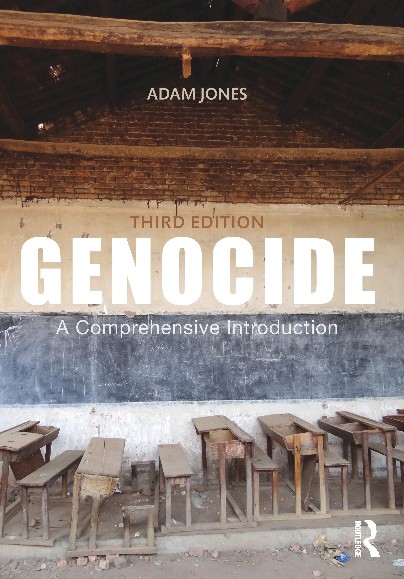Disaster in the Amazon
By Bob Herbert
The New York Times, June 4, 2010
"BP's calamitous behavior in the Gulf of Mexico is the big oil story of the moment. But for many years, indigenous people from a formerly pristine region of the Amazon rainforest in Ecuador have been trying to get relief from an American company, Texaco (which later merged with Chevron), for what has been described as the largest oil-related environmental catastrophe ever. 'As horrible as the gulf spill has been, what happened in the Amazon was worse,' said Jonathan Abady, a New York lawyer who is part of the legal team that is suing Chevron on behalf of the rainforest inhabitants. It has been a long and ugly legal fight and the outcome is uncertain. But what has happened in the rainforest is heartbreaking, although it has not gotten nearly the coverage that the BP spill has. What's not in dispute is that Texaco operated more than 300 oil wells for the better part of three decades in a vast swath of Ecuador's northern Amazon region, just south of the border with Colombia. Much of that area has been horribly polluted. The lives and culture of the local inhabitants, who fished in the intricate waterways and cultivated the land as their ancestors had done for generations, have been upended in ways that have led to widespread misery.
Texaco came barreling into this delicate ancient landscape in the early 1960s with all the subtlety and grace of an invading army. And when it left in 1992, it left behind, according to the lawsuit, widespread toxic contamination that devastated the livelihoods and traditions of the local people, and took a severe toll on their physical well-being. A brief filed by the plaintiffs said: 'It deliberately dumped many billions of gallons of waste byproduct from oil drilling directly into the rivers and streams of the rainforest covering an area the size of Rhode Island. It gouged more than 900 unlined waste pits out of the jungle floor -- pits which to this day leach toxic waste into soils and groundwater. It burned hundreds of millions of cubic feet of gas and waste oil into the atmosphere, poisoning the air and creating "black rain" which inundated the area during tropical thunderstorms.' [...]"
Sunday, June 06, 2010
Subscribe to:
Post Comments (Atom)














No comments:
Post a Comment
Please be constructive in your comments. - AJ